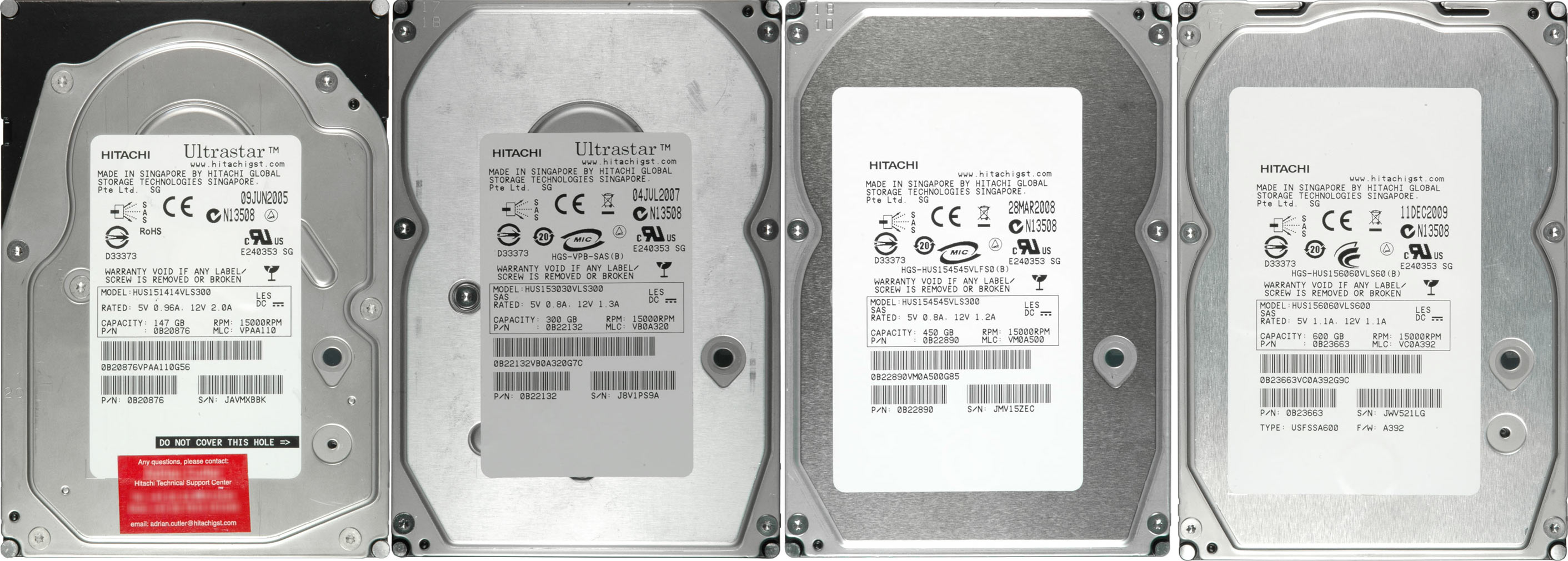3.5” Enterprise Hard Drive Development Analyzed
Quo Vadis, Hard Drive? An Analysis Of Enterprise HDDs
“Never change a running system” is the IT world’s version of “If it ain’t broke, don’t fix it.” This sentiment is probably most closely heeded in the enterprise space, where server and client configurations are required to stay constant for a set amount of time. Each component typically gets validated for a specific configuration. If a replacement is needed, identical parts are used, despite the availability of potentially more powerful hardware. One of the few components that can be replaced with a different model is the hard drive. Many of the latest drives can be used as so-called drop-in replacements.
This article will not discuss the differences between hard disk drives and solid state drives. SSDs will eventually replace all sorts of mechanical drives in the performance segment because of their unbeatable I/O numbers and power efficiency. Reliability remains an unknown, as SSDs are still comparatively young and their track record is limited, but this will improve over time. However, hard drives will not be replaced in the foreseeable future, provided that their capacities remain unrivaled by SSDs.
Currently, consumer SSDs are limited to 256GB. Drives such as Intel’s X25-M will move capacities up to 320GB in a few months. In the enterprise space, SSDs are still clearly more expensive, and capacities are limited to smaller sizes because only SLC flash memory can satisfy the highest performance demands.
But enough talking about SSD. This article is about 3.5” enterprise hard drives. Although the trend is clearly shifting from the 3.5” to 2.5” form factor, 3.5” HDDs still represent the backbone of performance storage in the enterprise space. We took the last four drive generations between 147GB and 600GB and compared performance and power efficiency.
Get Tom's Hardware's best news and in-depth reviews, straight to your inbox.
Current page: Quo Vadis, Hard Drive? An Analysis Of Enterprise HDDs
Next Page 2005: Ultrastar 15K147 (147GB)